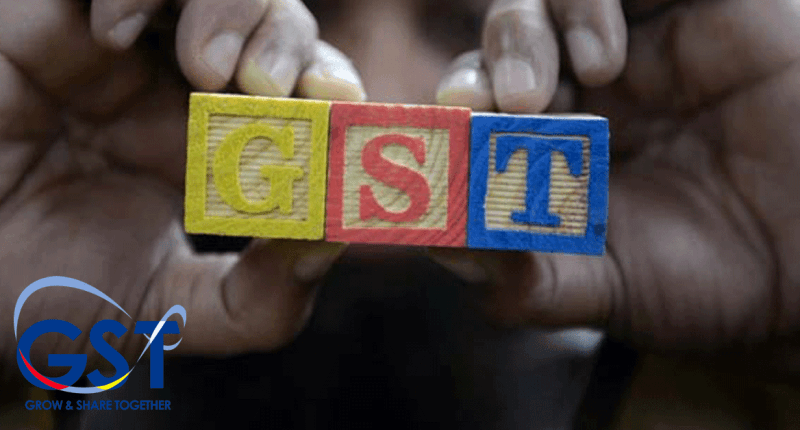The new GST form, approved by the GST Council last July, is set to rollout after being deferred twice.
According to the new format, taxpayers are required to file a single monthly return. Those with no output tax liability, no purchases, and zero input tax credit in any quarter of the relevant year will have to file a single ‘Nil’ return for the whole quarter.
Taxpayers with a turnover of up to Rs 5 crore in the previous fiscal year can file quarterly return with a monthly payment of taxes on a self-declaration basis.
Government officials said that the format was estimated to be released in January 2019 and on a pilot basis in April 2019, but the switch got delayed as the GST Network (GSTN) was not ready.
It was also found that the new format was deferred on the Centre’s concerns of any glitches in the rollout that could amplify public disgruntlement and fan anti-incumbency sentiments.
With the election juggernaut grinding to a halt one week from now, the stage appears to be set for the dispatch of the single month-to-month return framework, which tends to complaints about the troubles in recording numerous returns along with the high cost of compliance.
Also Read: GST collections in India hits a New Record
The three-stage plan supposedly visualises a six-month progress stage, where organisations would keep on documenting two returns, GSTR 1 (for sales) and GSTR 3B, an abridged return structure. From there on, they would move to a new structure.
For organisations catering to consumers, the improved structure would be about total sales, while for B2B organisations, the arrangement would fuse invoices. The third stage will include receipt coordinating.
Sources said the introduction of the new structure would diminish the yearly burden of traders from 24 GST returns (GSTRs) to 12, apart from one return for the whole budgetary year. This will benefit small and medium enterprises to be GST complaint. Traders are supposed to file 36 returns, but the second form, GSTR 2, is not submitted by the majority.
Specialists have said that the single return would not just enable the dealers to check, before filing returns, if the vendor has uploaded the invoices, but also address issues of mismatch in the data.
The new format would guarantee that a large part of the return is filled automatically based on the bills uploaded by the purchaser and the merchant, making the whole procedure less bulky. The single return design will help tax authorities to curb evasion and catch false claims.

An Editor by day and a sloth by night…I would love to eat and sleep throughout the day if given a chance…I enjoy reading and love my job and my team at ClearTax.




